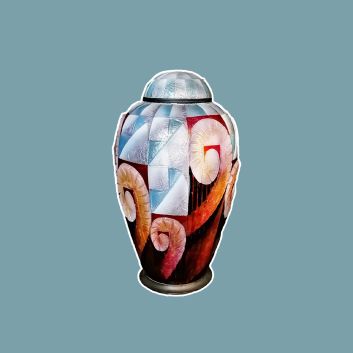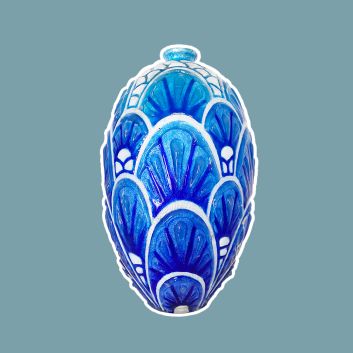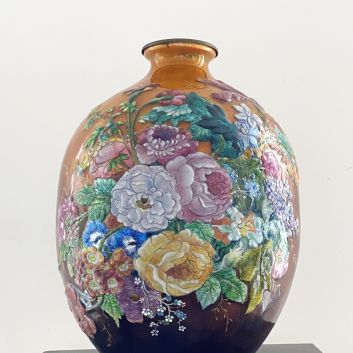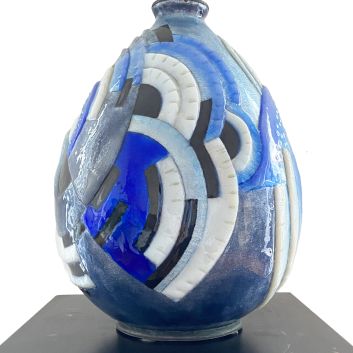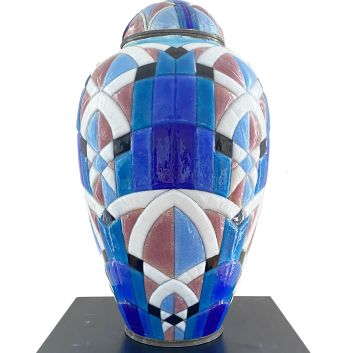Estimer et vendre aux enchères ses vases Camille Fauré et autres émaux de Limoges
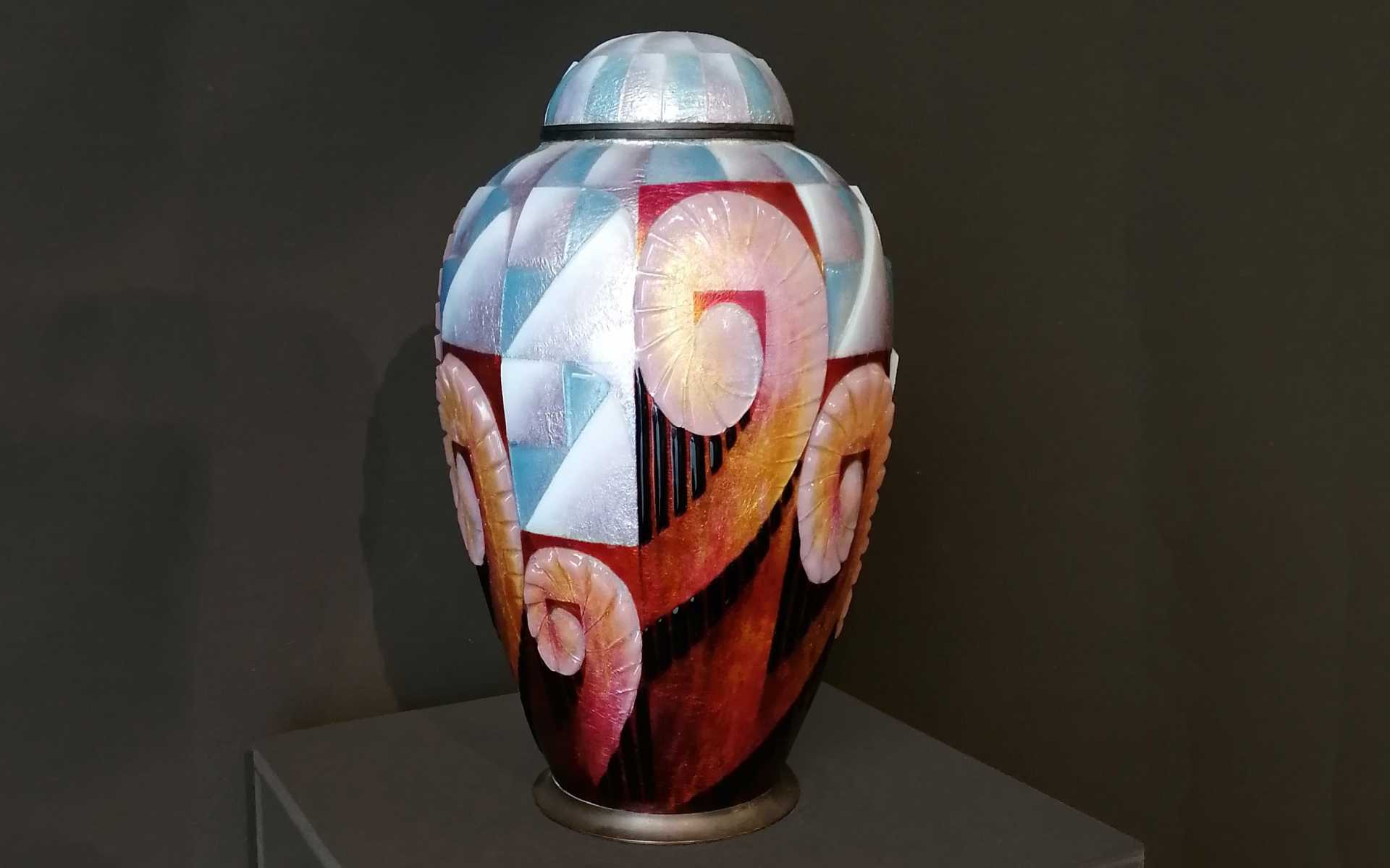
Si vous détenez un objet réalisé par Camille Fauré ou d’après, et que vous souhaitez connaître sa valeur, nos experts et commissaires-priseurs agréés par l’État vous offriront leurs services d'expertise.
Nos spécialistes s’emploieront à réaliser une expertise gratuite de votre œuvre, et vous transmettront une estimation précise de sa valeur sur le marché actuel.
Par la suite, si vous désirez vendre votre œuvre, nous vous orienterons vers le meilleur dispositif possible pour en obtenir un prix optimal.
Cote et valeur des œuvres de Camille Fauré
Camille Fauré est un artiste français assez connu des collectionneurs de céramique et d’émaux de Limoges.
Si vous possédez une de ses œuvres, sa valeur est peut-être supérieure à ce que vous pensez. Sur le marché de l’art, les prix des œuvres de Fauré peuvent être très élevés au marteau des commissaires-priseurs.
Ses œuvres en céramique sont particulièrement prisées par les acheteurs français et européens et le prix auquel elles se vendent sur le marché de l’art s’échelonne entre 70 € et 2 200€, un écart assez conséquent,mais qui en dit beaucoup sur la valeur qui peut être attribuée aux œuvres de Fauré.
En 2012, deux vases art déco en émail ont été vendus à hauteur de 20 900 € tandis qu’ils étaient estimés entre 2 000 et 3 000€.
Ordre de valeur allant d’une œuvre simple à la plus prestigieuse
Technique utilisée | Résultat |
|---|---|
Peinture sur céramique | De 40 à 6 300€ |
Luminaire | De 200 à 14 800€ |
Vase | De 10 à 20 900€ |
Réponse en - de 24h
Style et technique de l’artiste Camille Fauré
La question du style, chez Camille Fauré, semble se poser en termes de lumière et de profondeur. On sait l’attachement de l’artiste à l’émaillage cloisonné, une technique qui transcende la surface pour révéler une architecture de motifs et de couleurs en relief.
« Il ne s’agissait pas simplement de décorer l’objet, mais de l’animer d’une vibration lumineuse », disait-on dans les ateliers de Limoges.
Vers les années 1920, son approche révolutionnaire fait de l’émail non plus un simple revêtement, mais une matière vivante, capable de capturer la lumière et de la diffracter en nuances infinies.
À la rigueur des formes classiques fait place une richesse ornementale où les courbes et les motifs floraux se déploient en mouvements fluides, comme en apesanteur.
Comme l’écrit un critique, Fauré parvient à « cristalliser dans l’émail un dialogue entre lumière et matière, où chaque teinte semble s’enchevêtrer avec une intensité quasi organique ».
Cette fusion entre le dessin et la texture, tout en demeurant fidèle à l’esthétique Art déco, s’affranchit des contraintes purement décoratives pour conférer à chaque pièce une dimension sculpturale.
À la surface polie et uniforme des objets traditionnels fait place un jeu d’ombres et de lumières, une matérialité éclatante qui redéfinit l’émaillage comme un art à part entière. Ce que l’on pourrait nommer la métamorphose de l’émail en une symphonie visuelle et tactile.
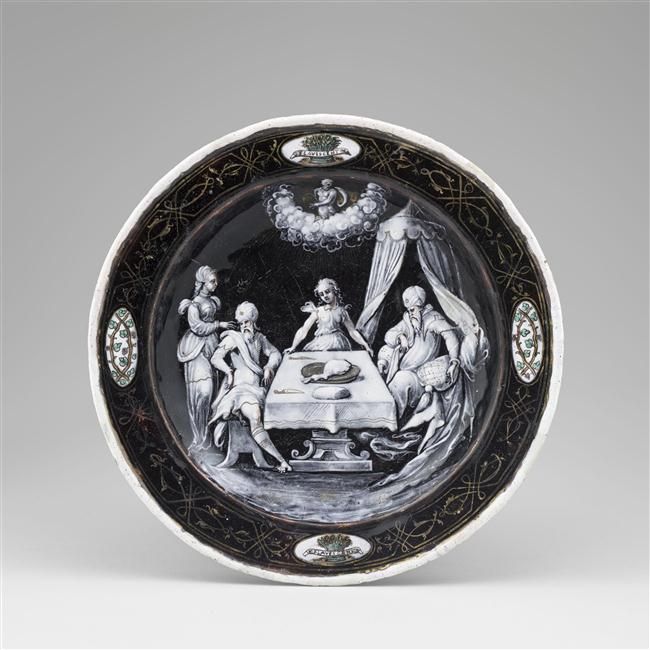
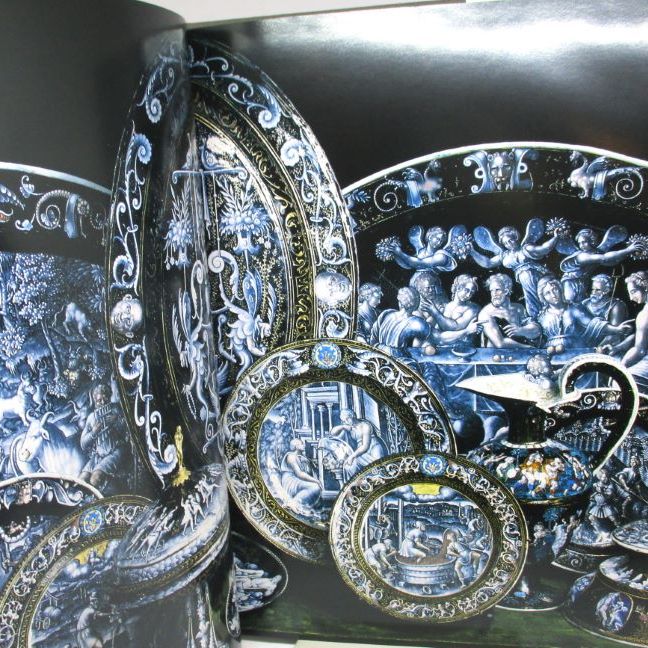
La carrière de Camille Fauré
La question de la carrière, chez Camille Fauré, semble se poser en termes de singularité et d’audace. On connaît son attachement à l’art de l’émail, une tradition séculaire qu’il transforme en un terrain d’expérimentation inédit.
Né à la fin du XIXe siècle et formé dans les ateliers de Limoges, il s’affirme dès les années 1920 comme l’un des pionniers du renouveau de cet artisanat.
« Il s’agissait de dépasser les conventions pour inscrire l’émail dans une modernité éclatante », rapportent ses contemporains.
Sous sa direction, les ateliers Fauré deviennent un laboratoire où formes et couleurs s’unissent en compositions inédites, portées par l’esthétique Art déco. À l’artisan discret succède un créateur audacieux, dont les pièces, souvent éditées en séries limitées, séduisent une clientèle internationale en quête de raffinement et de rareté.
Comme le note un historien, Fauré parvient à « imposer l’émail comme un langage artistique autonome, où chaque vase, coupe ou boîte devient une œuvre en soi ».
Cette reconnaissance, tout en lui assurant un succès durable, reste fidèle à sa vision : celle d’un artisan devenu artiste, dont le nom s’inscrit aujourd’hui parmi les grandes figures du décor émaillé. Ce que l’on pourrait nommer la consécration d’une carrière bâtie sur l’innovation et l’élégance.
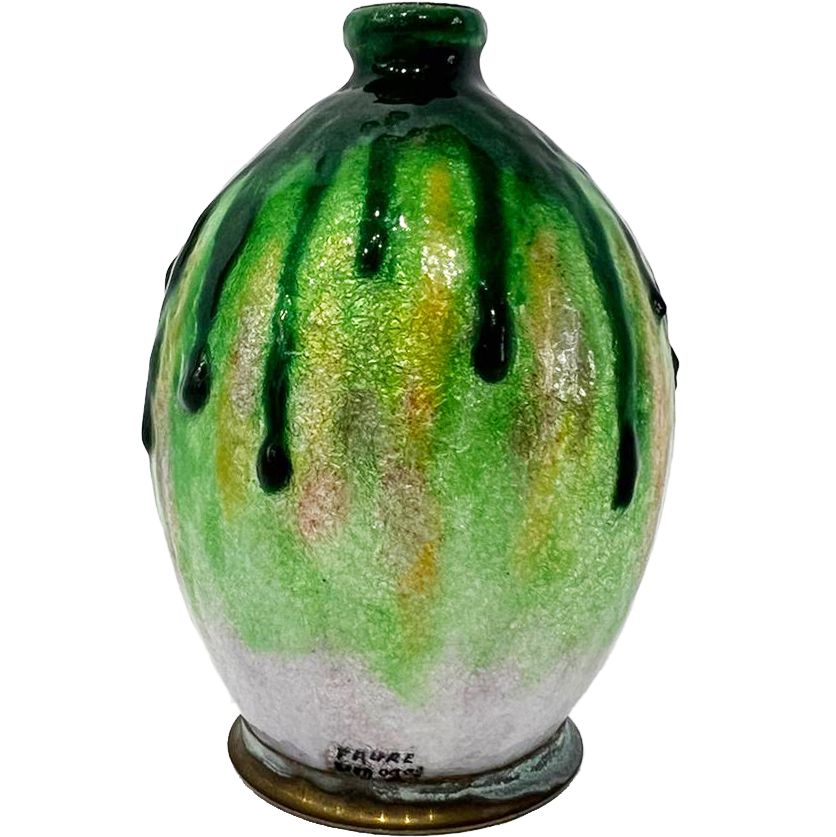
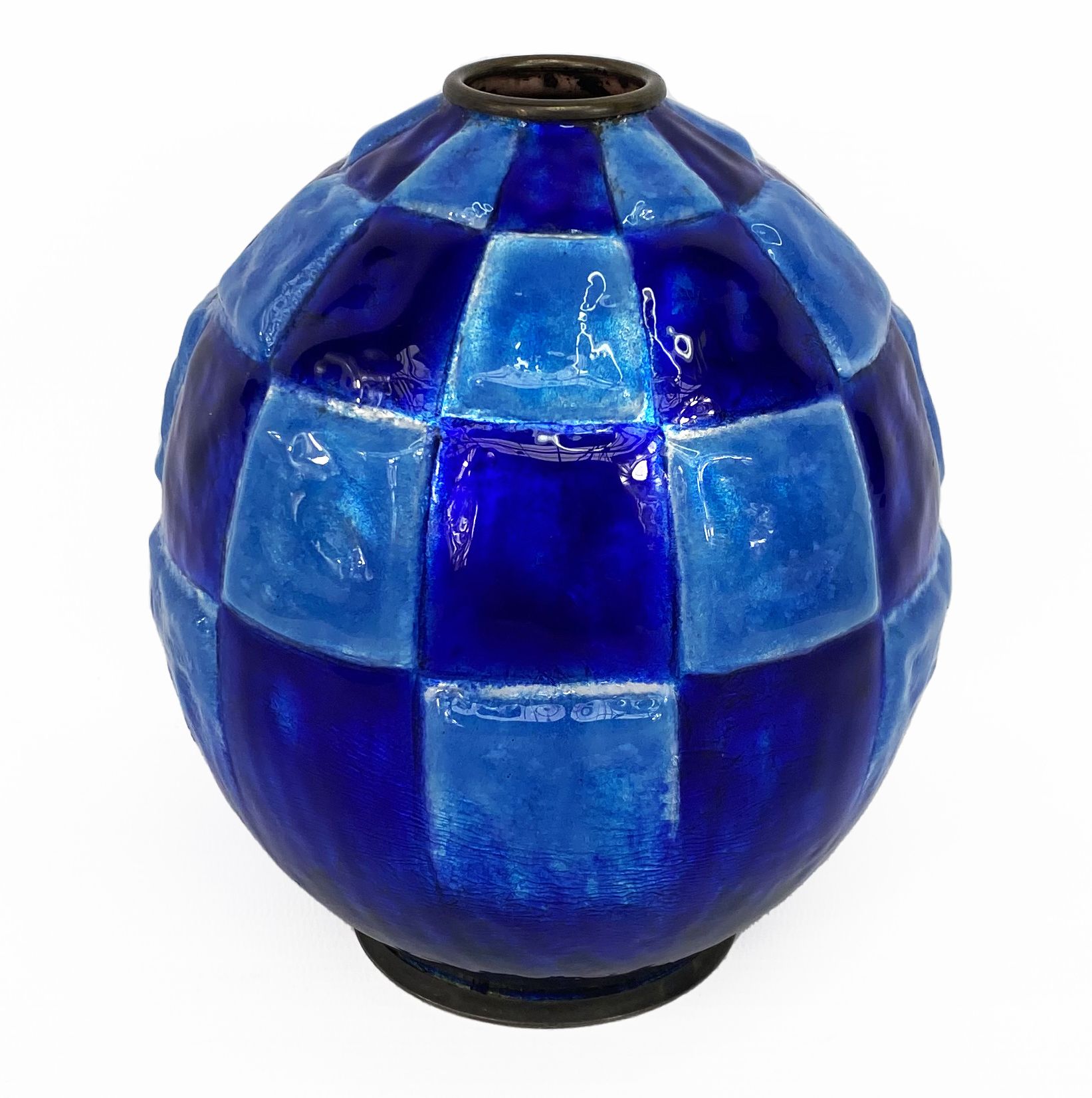
L'histoire d'amour entre les émaux de Limoges et Camille Fauré
L’histoire des émaux de Limoges commence bien avant que Camille Fauré n'existe. En effet au Moyen-âge avec une production de pièces liturgiques destinées à décorer les églises et lieux de cultes : chasses, colombes eucharistiques et autres croix de processions sont alors utilisés.
La révolution de l’émail limousin commence cependant à la Renaissance avec la production d’émaux peint, dans un premier temps religieux, puis profanes.
Les familles Limosin, Nouailher, Reymond, Pénicaud et Courteys s’essayent avec adresse à ce nouveau style et réalisent des chefs d’œuvres, conservés dans les plus grandes collections.
A cette époque, l’art de Limoges commence à rayonner à travers l’Europe et les souverains européens aiment à commander des portraits et scènes mythologiques à ces artisans de grand talent.
Il n'y a pas que les créations de Camille Fauré qui sont recherchées aux enchères. Coupes, vases, plats d’apparats, aiguières et coffrets de Limoges de la Renaissance sont très rares et très plébiscitées aux enchères.
Ces émaux peints peuvent être aujourd'hui vendus pour plusieurs dizaines de milliers d’euros. Gardez l'œil et n'hésitez pas à soumettre à nos experts tout objet qui pourraient susciter votre intérêt.
Les pièces les plus en vogue
Dans les années 1920 à 1930, des pièces d’exceptions sortent des ateliers une production marquée par des émaux en relief au décor inspirés de la peinture cubiste, des ballets russes et du répertoire décoratif Art Deco aux couleurs vives et irisées.
A la suite de cet âge d’or, la production de Camille Fauré perd en qualité et s’oriente vers un style plus figuratif, à motif de fleurs, moins recherché des collectionneurs.
Focus sur Boule aux glycines, Camille Fauré
La construction du vase, chez Camille Fauré, semble se poser en termes de volume et de lumière, mais aussi de dialogue avec son temps. Prenons le vase Boule aux glycines, chef-d’œuvre des années 1920, où l’art de l’émail cloisonné atteint une maturité inégalée.
On connaît l’attachement de Fauré à cette technique, qui ne se contente pas de sublimer la surface mais en fait une dimension à part entière de l’œuvre.
Ici, les grappes de glycines, en relief, s’étirent et s’enchevêtrent, leurs nuances vibrantes de bleu et de violet semblant capter la lumière pour mieux la restituer.
« Il ne s’agissait pas seulement de décorer un objet, mais de le métamorphoser en un poème visuel », disent les contemporains du maître émailleur.
Ce vase trouve une résonance particulière dans les créations de René Lalique, qui explore, à la même époque, une esthétique naturaliste sublimée par le verre.
Chez Lalique, la nature devient fluide, translucide, presque irréelle, tandis que Fauré privilégie la densité et la matérialité de l’émail. Comme le note un critique, « Lalique transforme la lumière en mouvement, là où Fauré la fige dans une opulence vibrante ».
Cette opposition révèle deux visions complémentaires : l’une éthérée, presque immatérielle, l’autre ancrée dans une texture tactile et sculpturale.
Le travail de Fauré sur ce vase s’inscrit également dans un dialogue avec les compositions décoratives de Jean Dunand. Ce dernier, maître de la laque, partage avec Fauré une attention extrême portée à la surface, où la texture et le motif deviennent indissociables.
Cependant, là où Dunand favorise les aplats aux reflets métalliques pour créer des compositions souvent abstraites, Fauré utilise la nature comme point de départ d’une transfiguration formelle.
Les glycines, bien que figuratives, flirtent avec l’abstraction dans leur répétition rythmique, chaque pétale devenant une unité chromatique qui sert une composition globale.
Ce vase peut également être mis en perspective avec les œuvres de Clément Massier, dont les céramiques iridescentes explorent, comme Fauré, une poétique de la lumière.
Mais là où Massier recherche une irisation mouvante et presque insaisissable, Fauré impose une maîtrise rigoureuse, capturant la lumière dans les reliefs cloisonnés de l’émail.
Cette rigueur, à mi-chemin entre artisanat et art, confère à ses pièces une monumentalité rare, même dans les formats les plus modestes.
Enfin, le Boule aux glycines illustre cette ambition propre à Camille Fauré : inscrire la nature dans une géométrie subtile, où chaque détail s’intègre dans une harmonie globale.
À la naturalité brute de la glycine fait place une nature stylisée, réinventée, mais jamais déconnectée de ses origines.
Ce que l’on pourrait nommer, chez Fauré, une synthèse parfaite entre tradition et modernité, où chaque vase devient non seulement un objet, mais un manifeste de son époque.
Reconnaître la signature de Camille Fauré
Tous les objets produits par Camille Fauté ne sont pas signés, ou peuvent l’être différemment selon les époques. De surcroît, il existe beaucoup de copies, c’est la raison pour laquelle l’expertise de votre œuvre est importante.
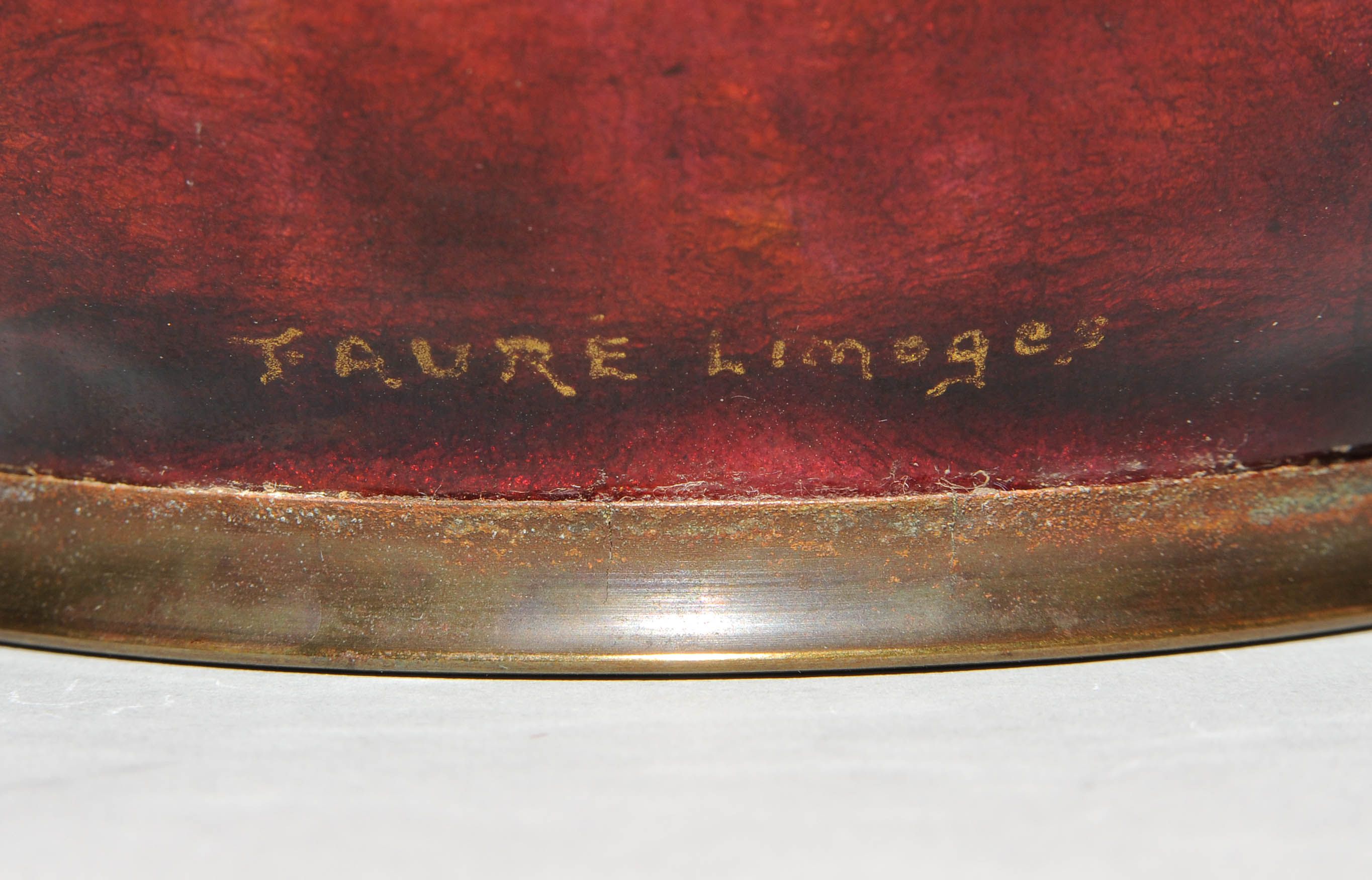
Comment obtenir l'estimation d'un vase ou d'une coupe de Camille Fauré?
Si vous êtes propriétaire d'un vase Camille Fauré ou de toute autre pièce d'art de l’artiste, n'hésitez pas à solliciter une évaluation gratuite en remplissant notre formulaire en ligne.
Un membre de notre équipe, composée d'experts et de commissaires-priseurs agréés par l'Etat, vous contactera pour vous fournir une estimation objective de la valeur marchande de votre œuvre signée Camille Fauré.
Si vous envisagez de vendre votre vase ou votre coupe Camille Fauré, nos spécialistes vous guideront également à travers les différentes solutions disponibles pour obtenir le meilleur prix possible en tenant compte des tendances du marché, des spécificités de chaque objet et de vos besoins.
Réponse en - de 24h
A découvrir dans la même thématique

La valeur des œuvres, tableaux, dessins et peintures de Jean...
Cote des œuvres de Jean Dewasne, artiste français iconique du XXe siècle. Faites estimer par des experts agréés par l'Etat.
En savoir plus >
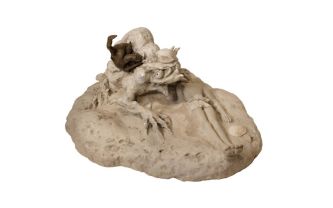
Cote et valeur des oeuvres, dessins, sculptures de Rosine Ba...
Rosine Baldaccini est une artiste du XXème siècle qui a majoritairement produit des sculptures en bronze. Elles ont de la valeur aux enchères.
En savoir plus >
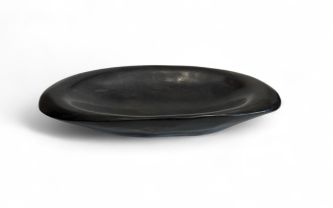
Cote et valeur des sculptures, meubles de Odile Noll
Odile Noll est une artiste active des années 1950 à 70 qui a produit des oeuvres en bois noble. Ses oeuvres ont de la valeur et sont cotées.
En savoir plus >
Site sécurisé, anonymat conservé
Commissaire-priseur et expert agréé par l'État
Estimations gratuites et certifiées
